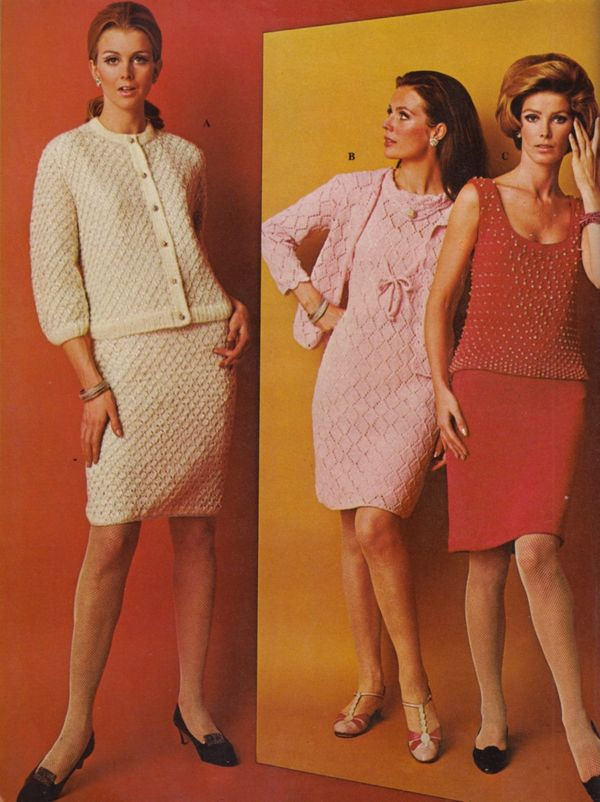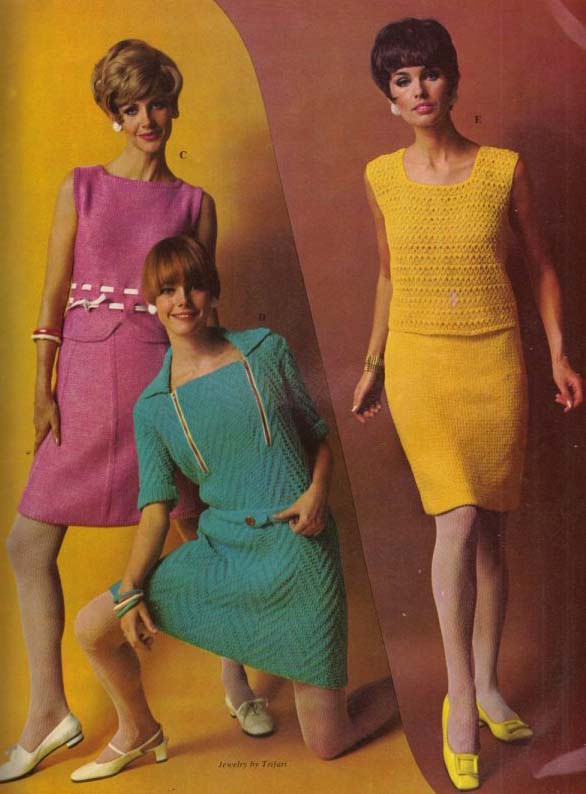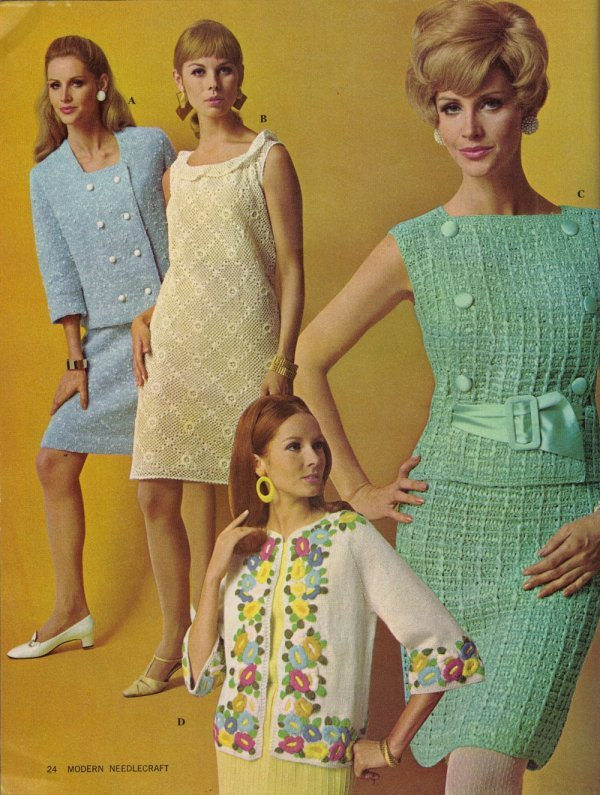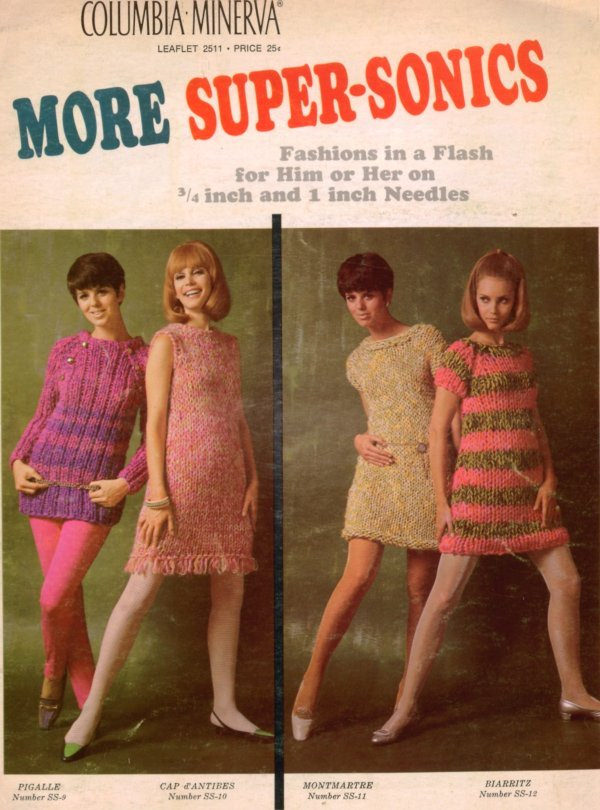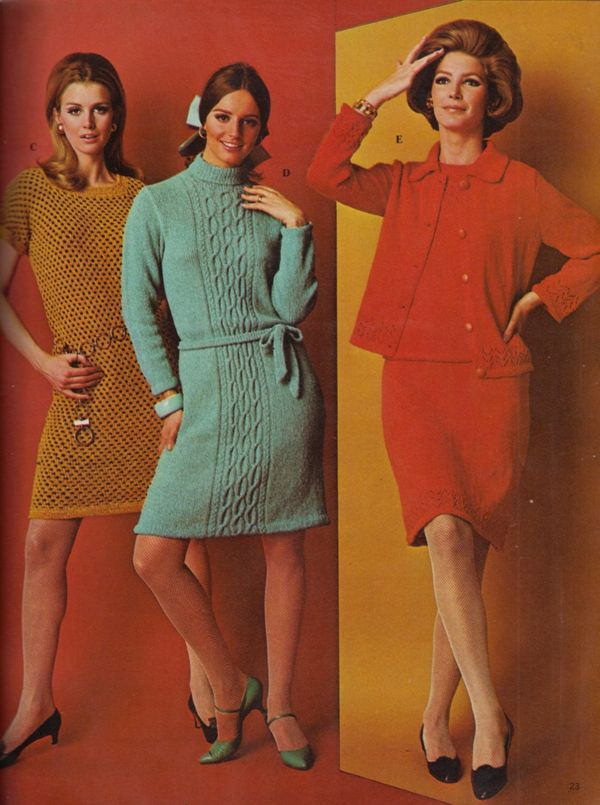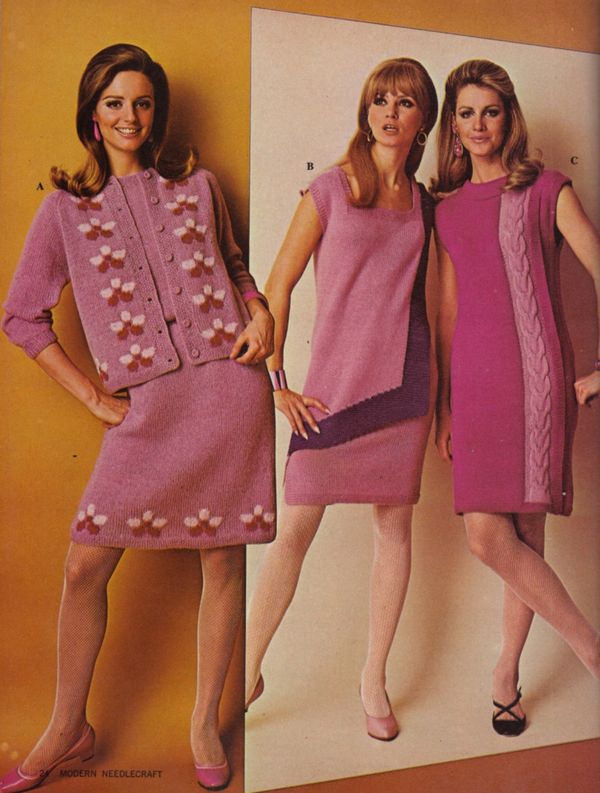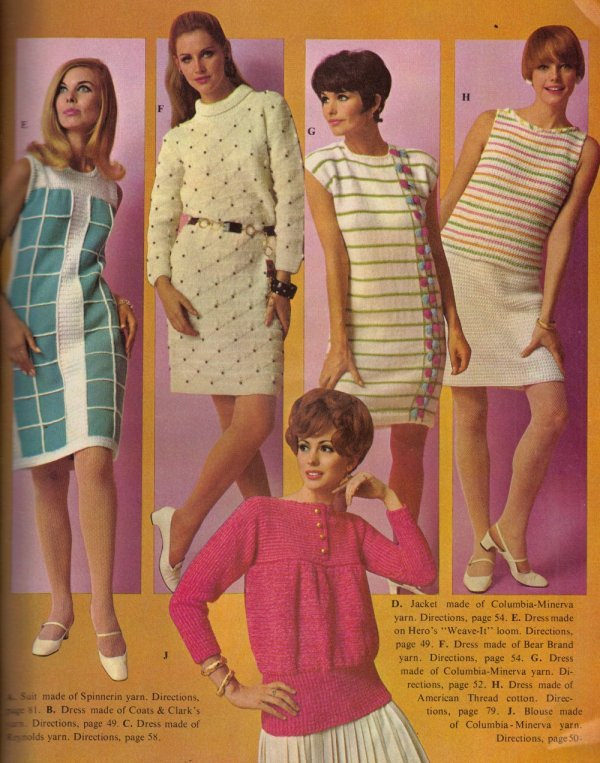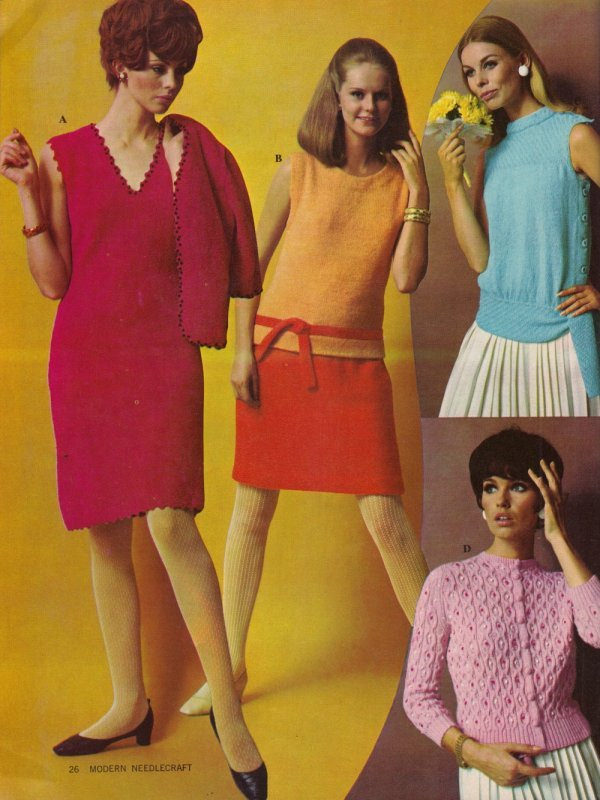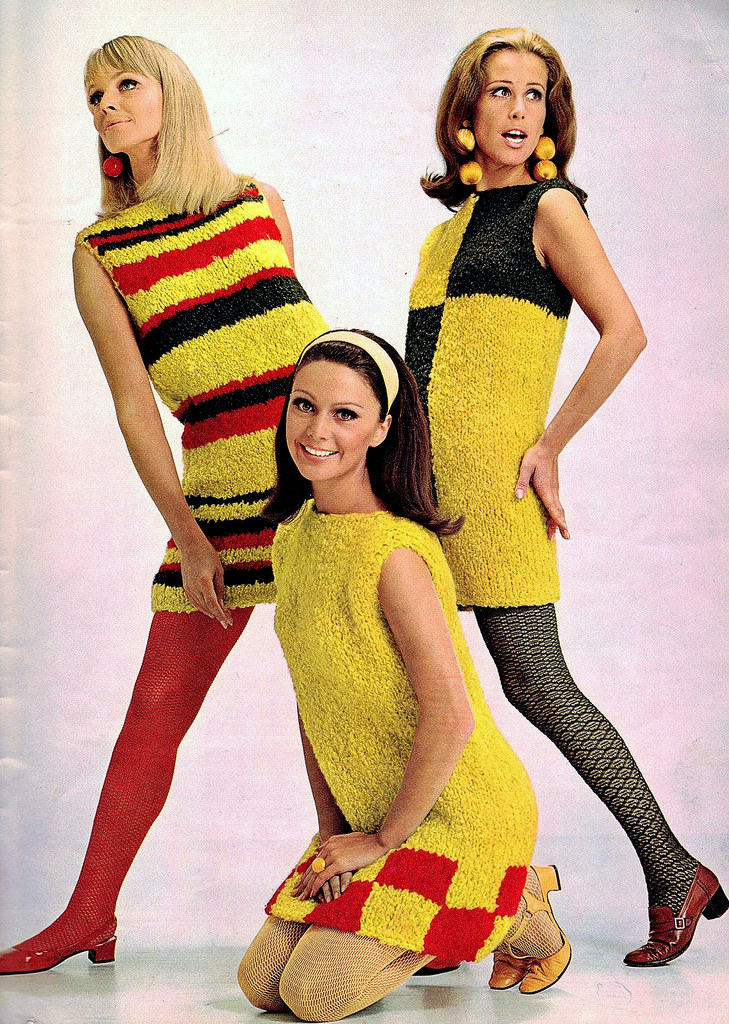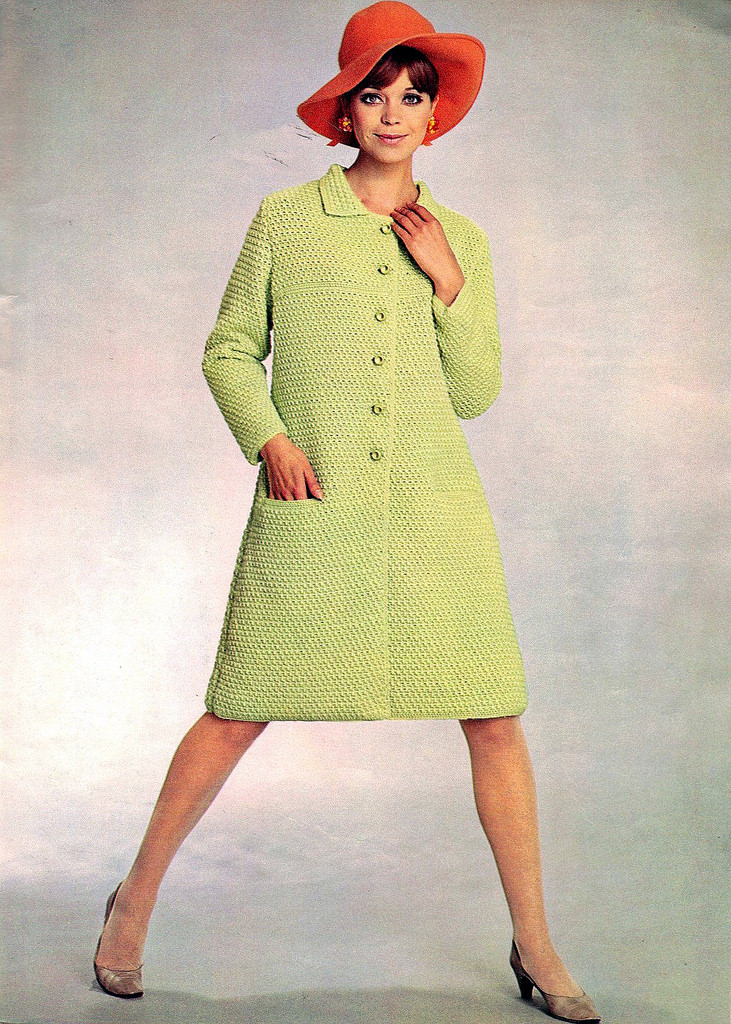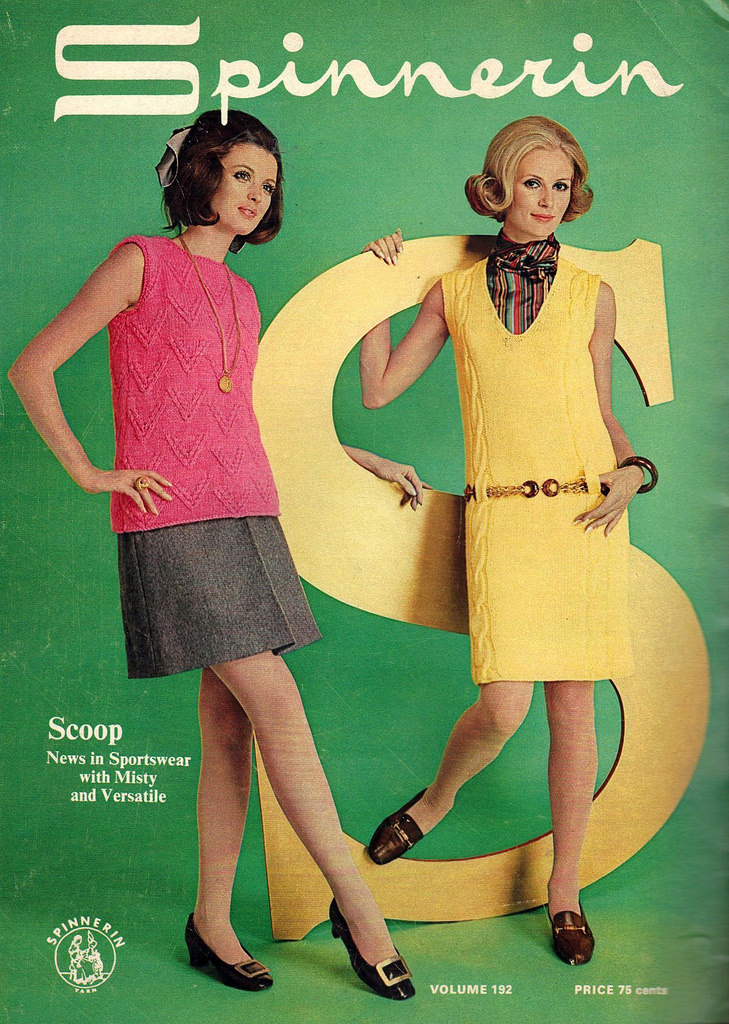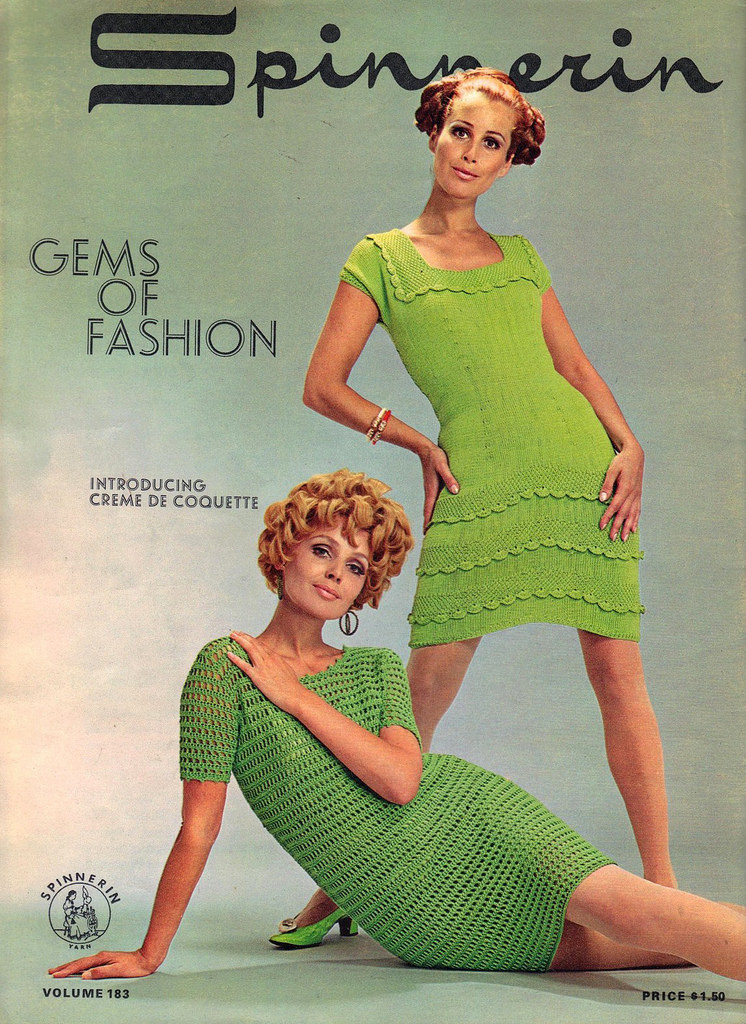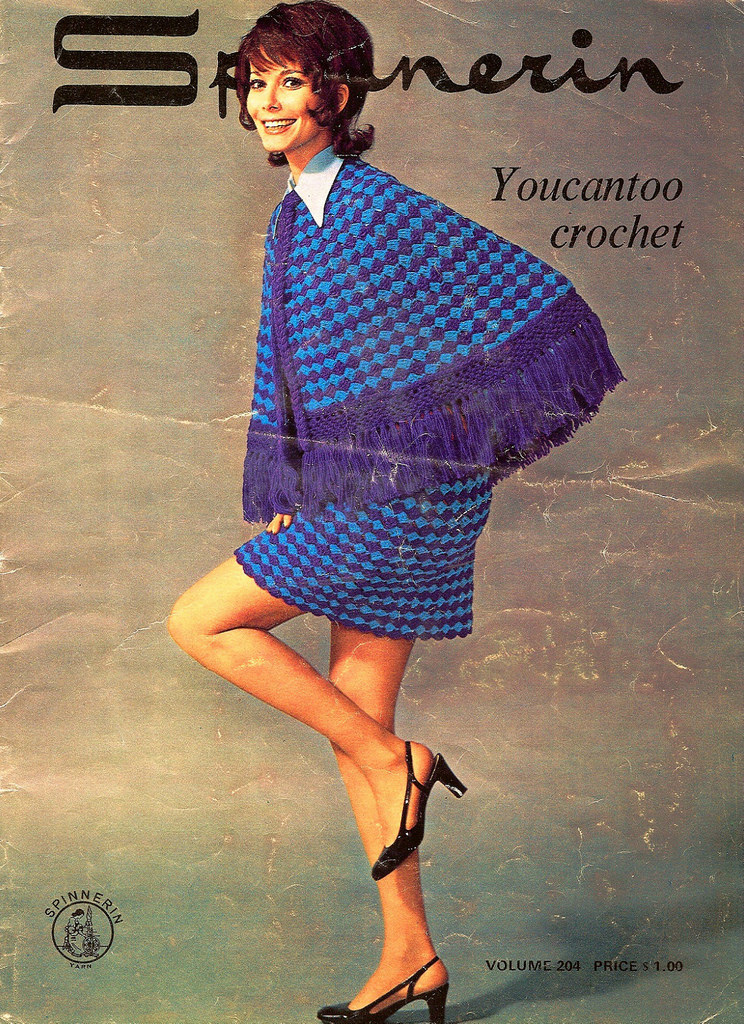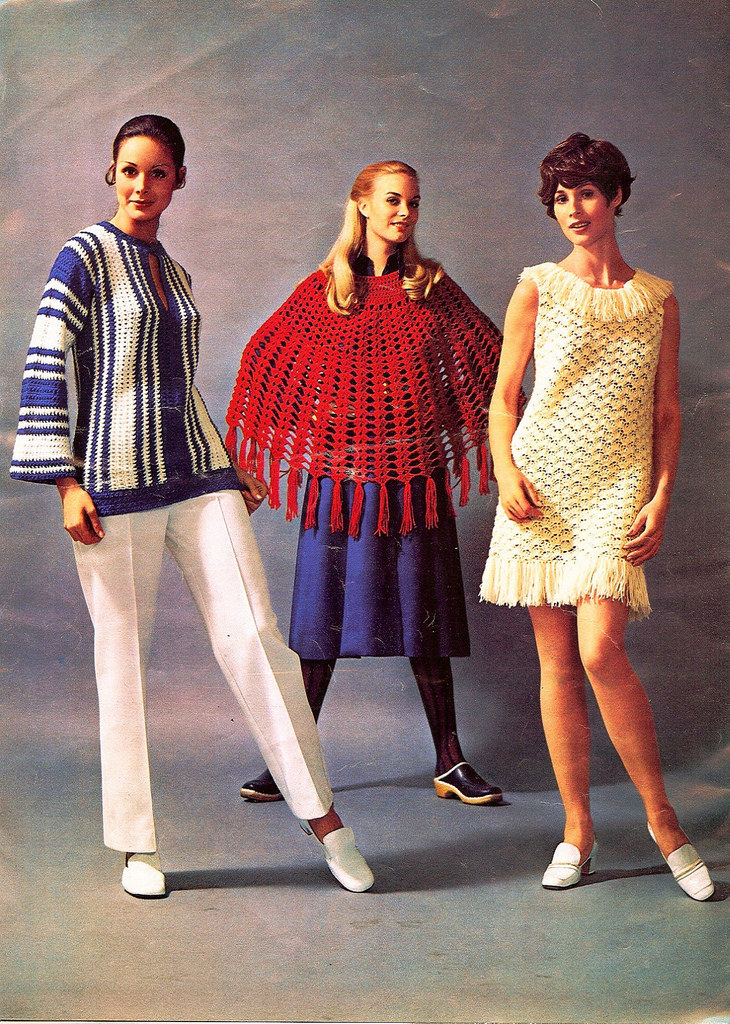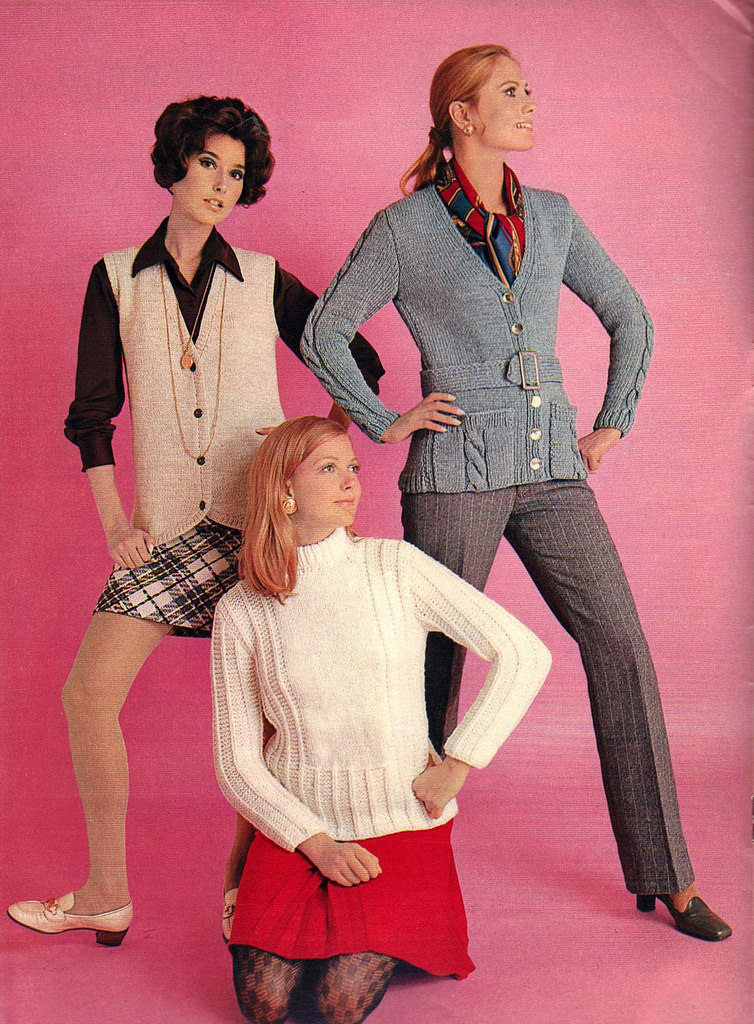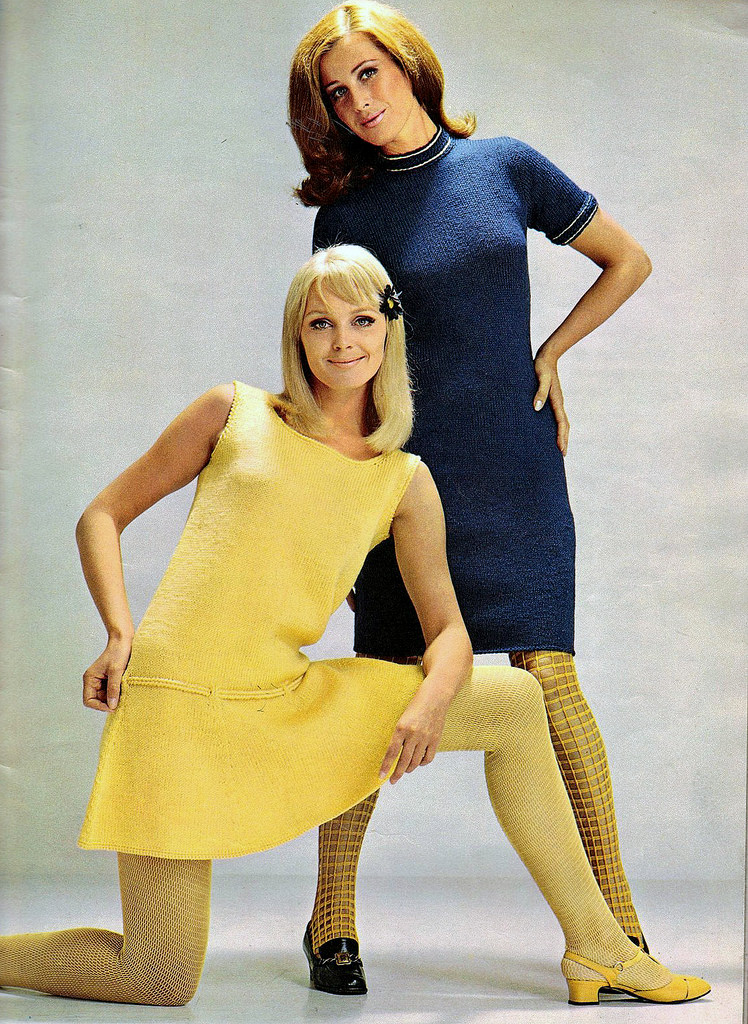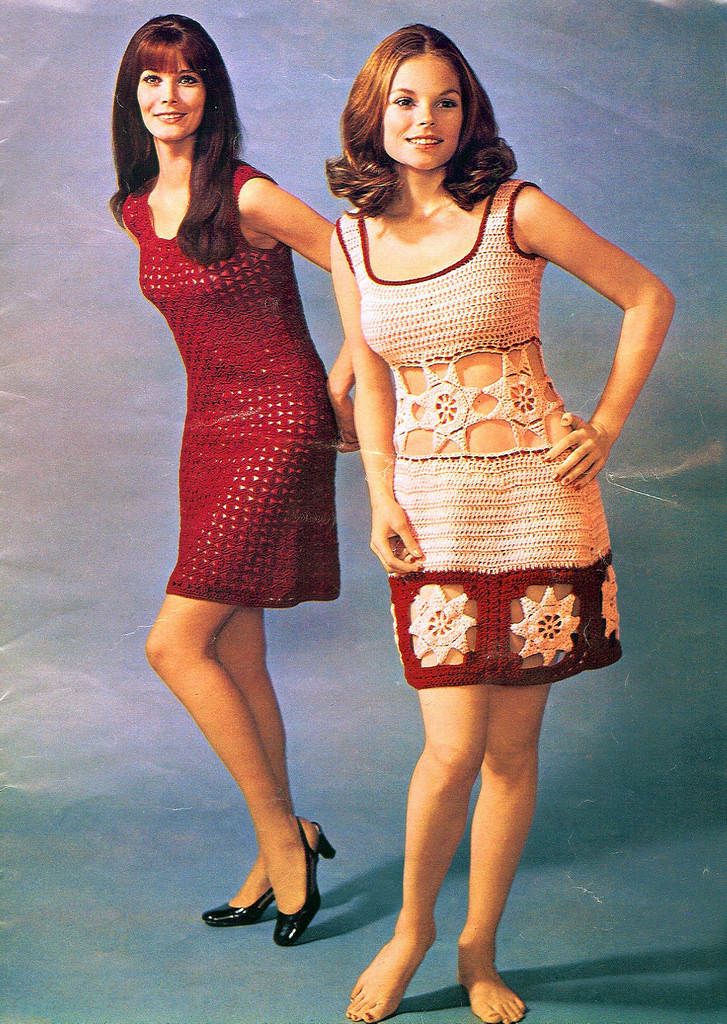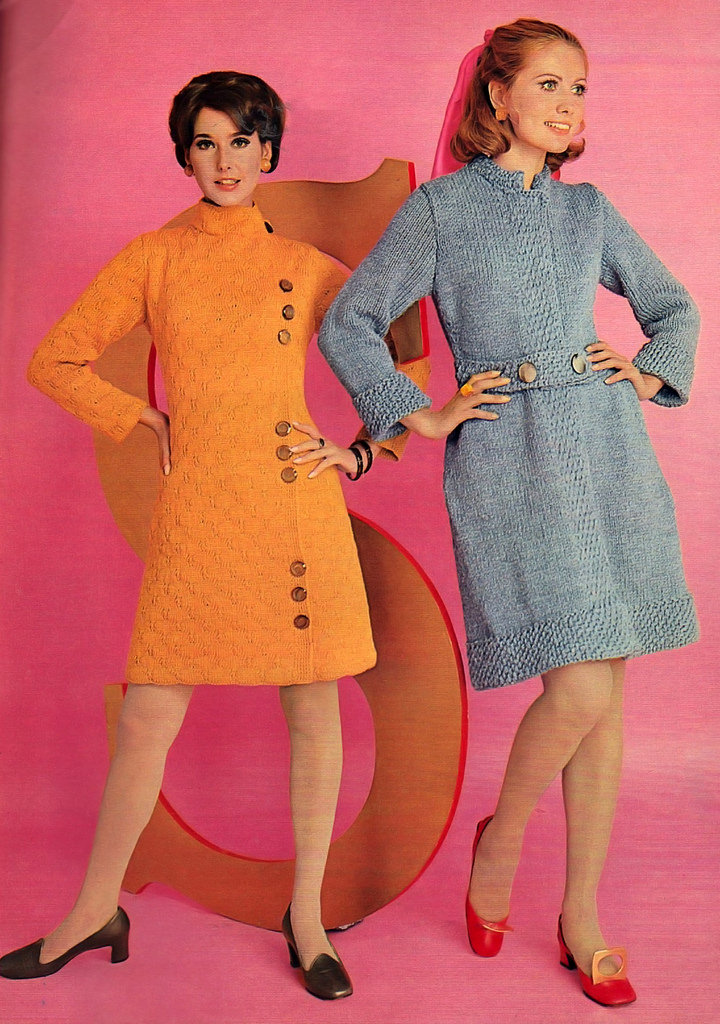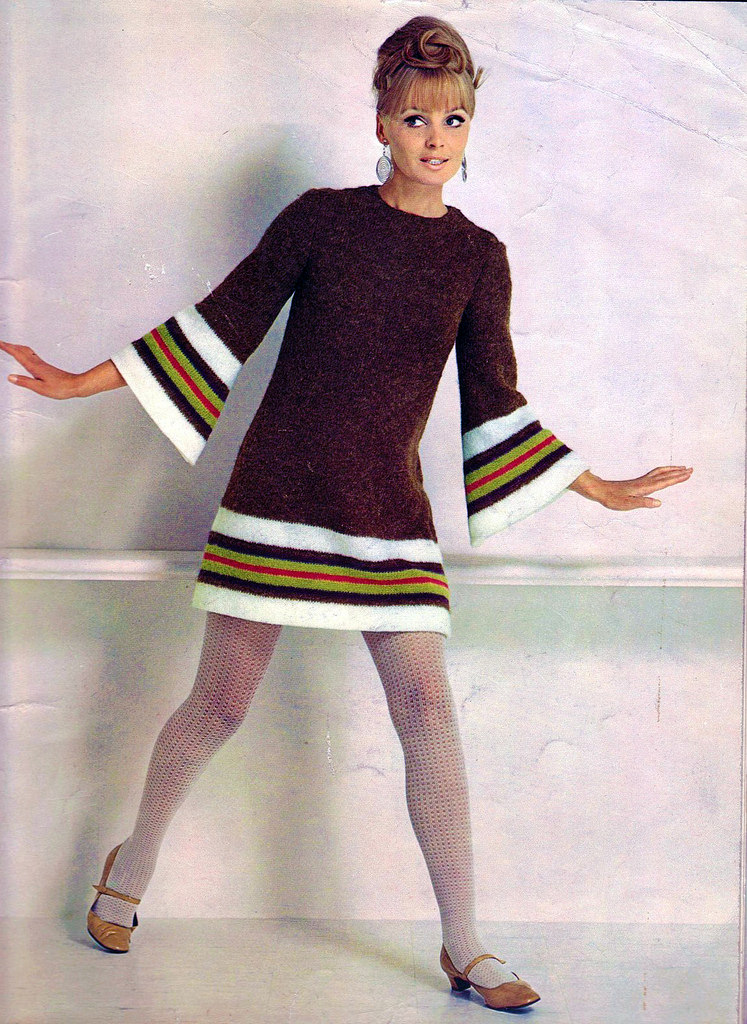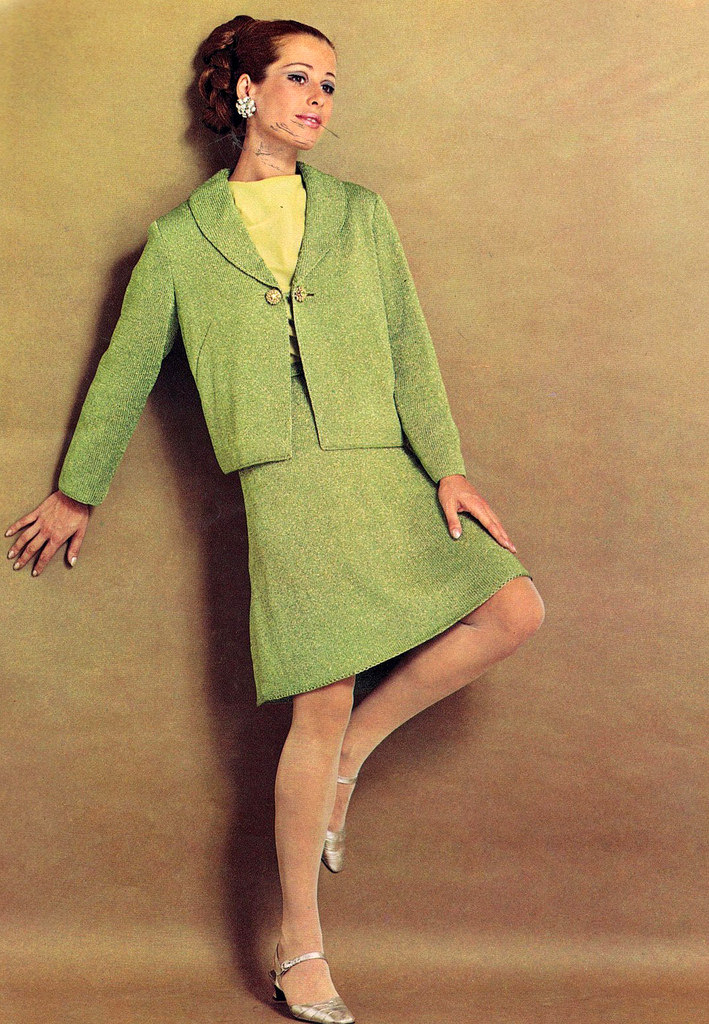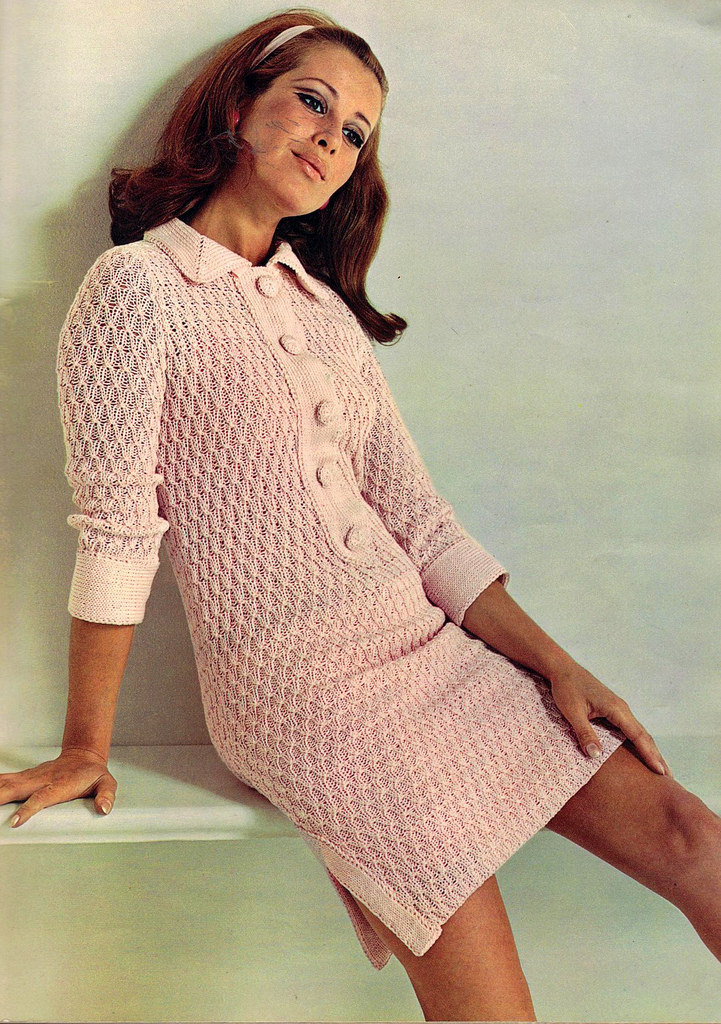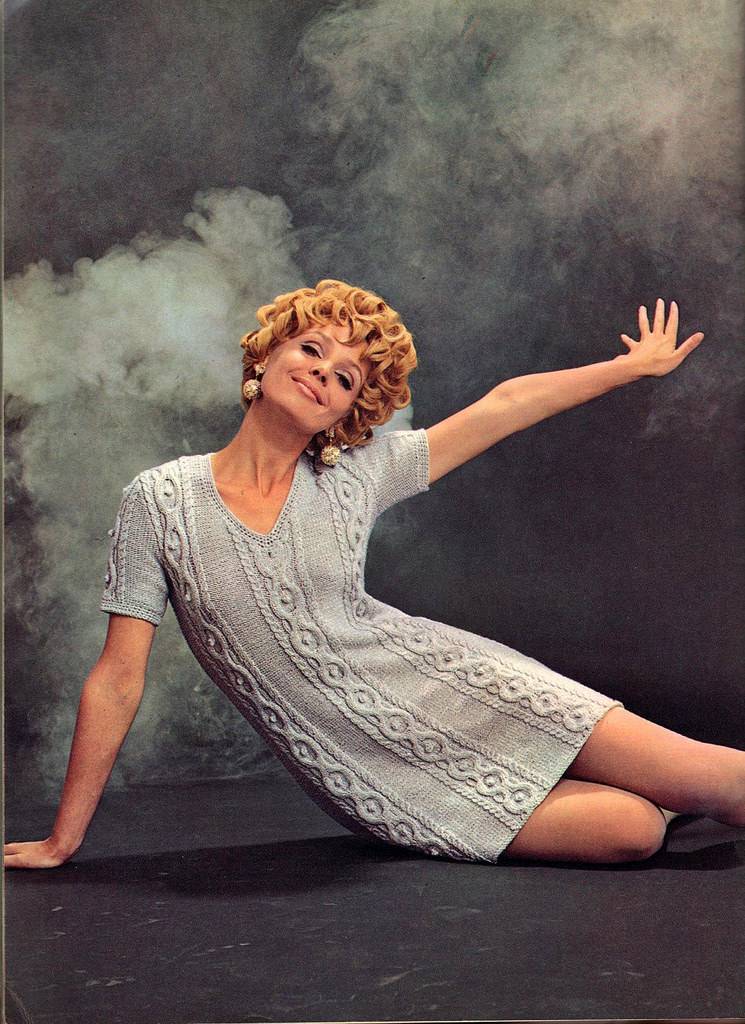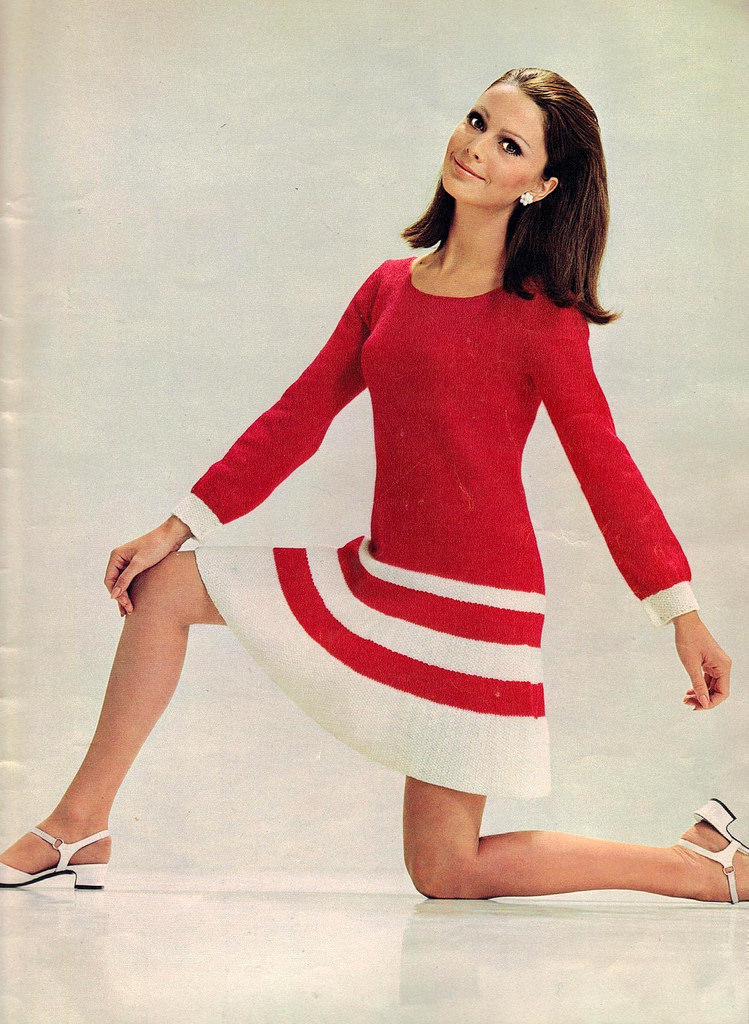The 1960s were a time of great change in fashion. Women’s clothing styles shifted dramatically throughout the decade. Sweaters were a popular and versatile part of women’s wardrobes. They evolved with the changing times. Let’s take a closer look at the styles, colors, and patterns of women’s knitted sweaters during this iconic era.
Early 1960s Simplicity
The early 1960s saw a move towards a cleaner, simpler look in women’s fashion. This trend was reflected in the sweaters of the time. Sweaters were often quite plain. They featured minimal embellishments. The focus was on a streamlined silhouette.
Pastel colors were very popular during this period, especially for spring. Think soft pinks, baby blues, pale yellows, and creamy whites. These colors created a fresh, feminine look. They were a gentle start to the decade.
The “sweater girl” look of the 1940s and 1950s, which emphasized a woman’s curves, was fading away. The new ideal was a thinner, more youthful figure. Sweaters were designed to skim the body rather than cling tightly to it. It was a more relaxed style.
Read more
Necklines were generally high and round. Cardigans sometimes featured a small V-neck. These styles were modest and understated. They reflected a sense of refined simplicity.
Texture and knit-in designs were not very common in the early 1960s. Sweaters were typically smooth and unadorned. Occasionally, you might see some simple stripes or a contrasting trim, but these were more often worn by older women whose style was influenced by previous decades. The younger generation preferred a more minimalist approach.
A Shift in Colors
As the early 1960s progressed, a new palette of colors began to emerge, particularly for fall and winter. Earth tones became increasingly popular. These colors were inspired by nature.
Mustard yellow, moss green, burnt orange, and sea blue were some of the favored hues. These colors were richer and more muted than the earlier pastels. They reflected a growing interest in natural and organic styles. They offered a sophisticated alternative.
These earth tones often appeared in sweaters with knit-in patterns. This marked a return to more decorative styles. It was a departure from the plain sweaters of the early years.
Patterns Make a Comeback: From Florals to Folk Art
The 1960s saw a resurgence of patterned sweaters, echoing trends from the 1920s and 1940s. These patterns added visual interest and personality to sweaters. They allowed for greater self-expression through clothing.
Floral patterns were popular, ranging from small, delicate prints to larger, bolder designs. These patterns often featured stylized flowers and leaves. They added a touch of femininity and whimsy to sweaters. These were favored by many.
Art Deco influences could also be seen in some sweater patterns. These designs often featured geometric shapes and abstract motifs. They reflected the enduring popularity of this early 20th-century style. They were seen as modern and chic.
Folk-inspired patterns also gained traction. These designs drew inspiration from traditional textiles and crafts from around the world. They often featured intricate patterns and vibrant colors. They showed an interest in global cultures.
Sweater Sets
Sweater sets, also known as twin sets, were a popular choice for women of all ages in the 1960s. A sweater set typically consisted of a short-sleeved or sleeveless knitted top and a matching cardigan. It was a versatile and practical combination. It was great for layering.
Sweater sets were often made from fine-gauge yarns, such as cashmere or lambswool. These yarns were soft and luxurious. They created a refined look. They felt good against the skin.
These sets were often worn for dressier occasions. They could be paired with a skirt or dress pants. They could also be dressed down with more casual slacks. They offered a polished look.


